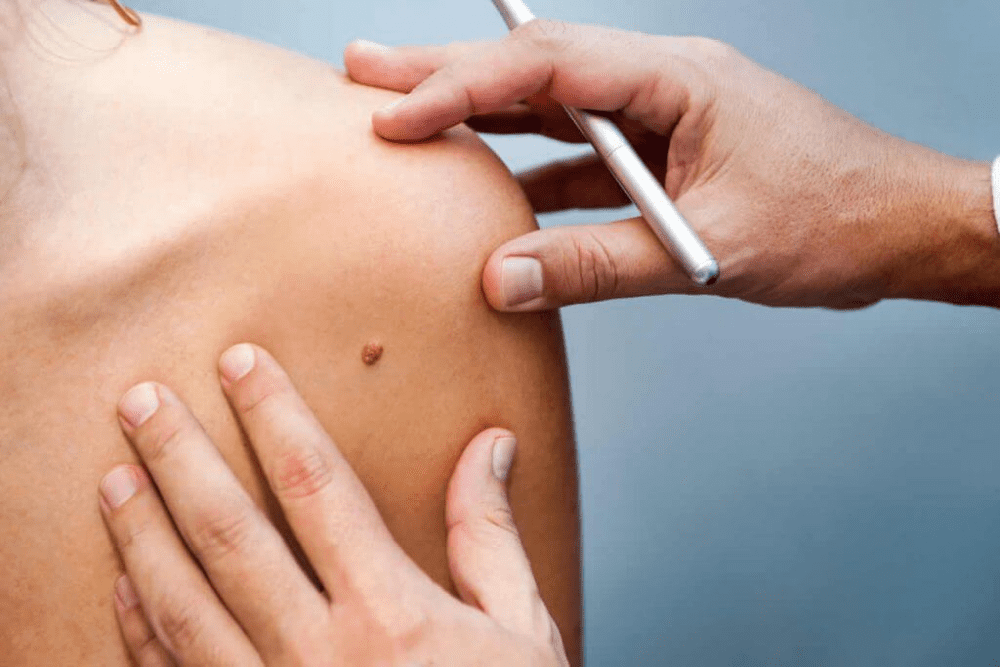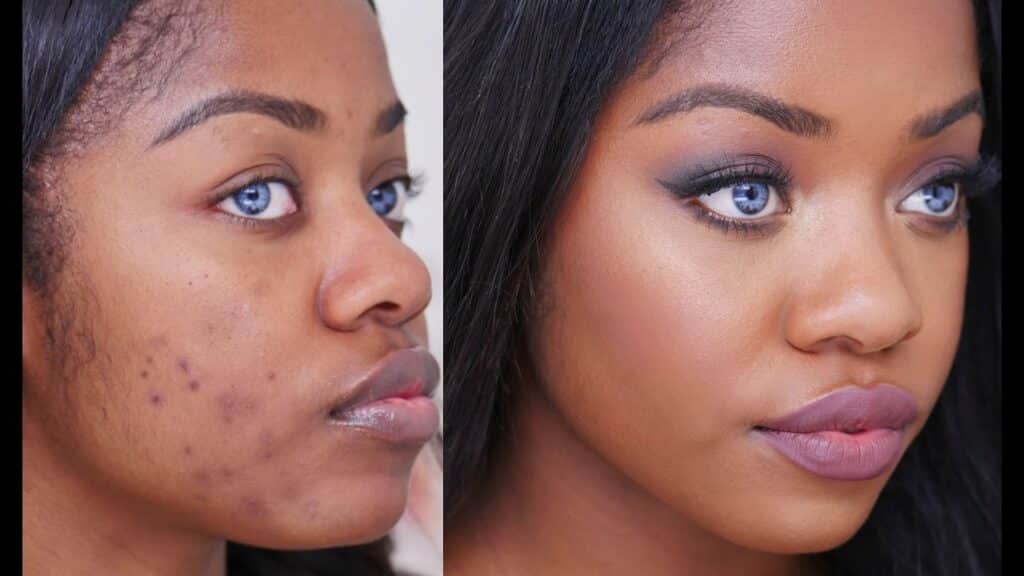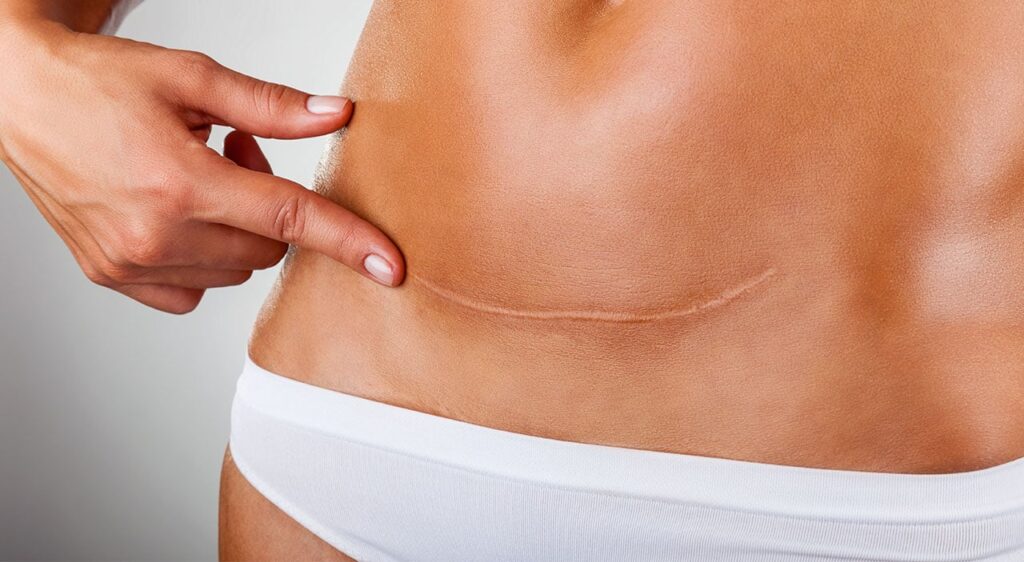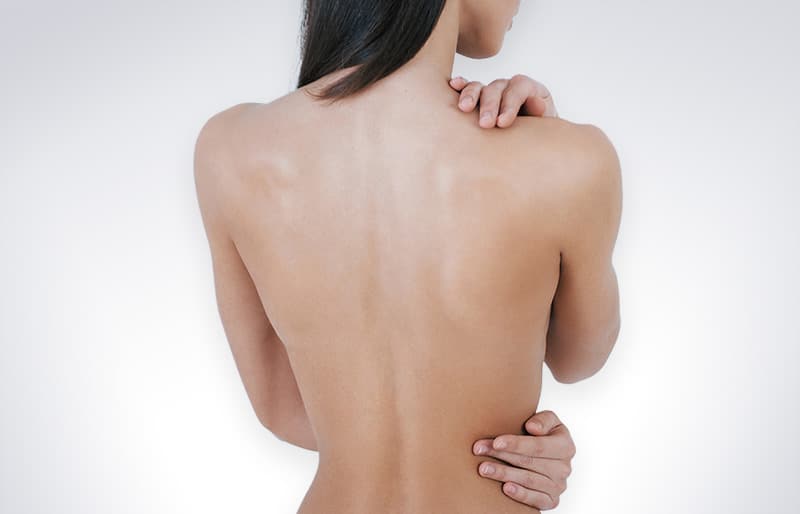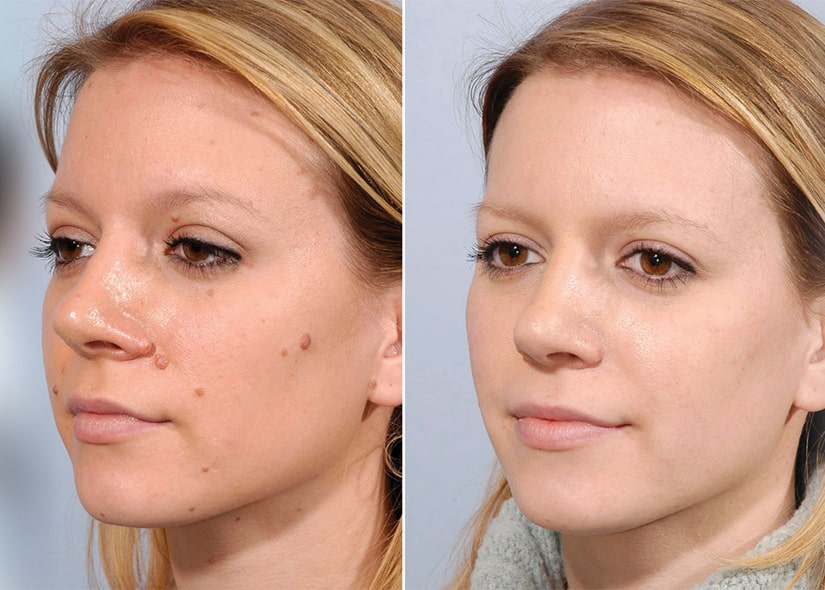Key Takeaways
- CoolTone Effectiveness: CoolTone is a non-invasive body shaping treatment that can significantly enhance muscle tone and firmness in the glutes, as evidenced by before and after photos using advanced technology.
- Visible Results: Patients often see noticeable improvements in muscle definition and firmness within a few weeks, with optimal results in body shaping and fat reduction appearing after multiple sessions and minimal swelling, as shown in images.
- Longevity of Results: The effects of CoolTone technology can last several months, but maintaining results may require periodic follow-up treatments to achieve your goals.
- Personalized Treatment Plans: Individual results can vary, so it’s essential to have a personalized consultation to set realistic expectations and develop a tailored treatment plan using technology to address body fat.
- Maintenance is Key: For lasting results, combine CoolTone treatments with regular exercise and a balanced diet to maintain muscle tone, reduce body fat, and overall fitness.
- Patient Satisfaction: Testimonials highlight high satisfaction rates, with many patients experiencing improved confidence and body image after their fat treatments.
Understanding CoolTone
Technology Explained
CoolTone uses magnetic muscle stimulation (MMS) technology. It sends electromagnetic energy to muscles. This energy causes muscles to contract. These contractions are more intense than those from regular body exercise.
The device targets specific muscle groups. For buttocks, it focuses on the gluteal muscles. This leads to enhanced muscle tone and strength. The process is simple and quick.
Safety and FDA Approval
CoolTone received FDA approval in June 2019. It is approved for strengthening, toning, and firming muscles in the abdomen, buttocks, and thighs, reducing fat, and improving body contour. The FDA approval ensures that CoolTone meets safety standards.
Patients report minimal side effects. Some may experience mild muscle soreness or redness at the treatment site on the body. These effects usually disappear within a few days.
Non-Invasive Procedure
CoolTone treatments are non-invasive. There are no incisions or needles involved. This makes it a safer alternative to surgical methods like butt lifts or implants.
Non-invasive procedures reduce recovery time. Patients can return to normal activities immediately after treatment. There is no need for anesthesia or pain medication.
Benefits Over Surgery
CoolTone offers several benefits over traditional surgery:
- No downtime
- Minimal discomfort
- Lower risk of complications
- No scarring
Before and After Gallery
Diverse Photos
This gallery showcases a variety of before and after images. These photos highlight CoolTone’s effectiveness on different body types. Each photo shows clear changes in buttock firmness and shape.
Session Details
Every image includes captions. These captions detail the number of sessions each patient underwent. For example, one patient had four sessions over a month. Another patient saw improvements after just two sessions.
Visual Improvements
The visual improvements are evident. Buttocks appear firmer and more toned post-treatment. The differences are noticeable even after the first session.
Patient Notes
e patients shared their experiences. One noted increased confidence following the treatment. Another mentioned feeling more comfortable in fitted clothing.

Expected Results
Enhanced Muscle Tone
Patients can expect enhanced muscle tone in the buttocks. This is due to the CoolTone treatments. The process uses magnetic muscle stimulation. This stimulation causes involuntary contractions in the muscles. These contractions are more intense than regular exercise.
Firmer Buttocks
A firmer appearance of the buttocks is another outcome. After several sessions, patients notice a lift in their glutes. The treatment targets specific areas to improve firmness. It helps achieve a toned look that many desire.
Number of Treatments
The average number of treatments needed varies. Most patients see visible results after four to six sessions. Each session lasts about 30 minutes. For optimal results, it’s advised to follow the entire process as recommended by the specialist.
Natural Appearance Concerns
e worry about whether the results will look natural. CoolTone aims to enhance your body’s natural form. The muscle tone and firmness achieved blend well with your physique. It’s not an artificial enhancement but a boost to existing muscles.
Common Questions
Many ask if the results are permanent. Maintenance sessions every few months help sustain the benefits. Another common question involves discomfort during treatment. Most report minimal discomfort, comparing it to an intense workout.
Results Timeline
Initial Weeks
During the first few weeks, patients might not notice significant changes. The CoolTone technology stimulates muscle contractions. This process begins to build and tone muscles from the inside.
e people feel a difference in muscle firmness. Visible results usually take longer.
Week Four to Six
Around the fourth week, subtle changes become noticeable. Muscle definition starts to improve. Patients often report feeling stronger.
One patient noted, “By week five, my buttocks felt firmer.” This period is crucial for maintaining consistency with treatments.
Week Seven to Nine
Between weeks seven and nine, more pronounced results appear. Muscles gain better definition. Many patients see visible toning and lifting of the buttocks.
A patient mentioned, “I saw a real change by week eight.” Patience during this time is key for optimal results.
Long-Term Results
Long-term results depend on individual plans and goals. Regular maintenance treatments help sustain muscle tone.
Patients should follow their provider’s recommendations for the best outcomes. Consistency in sessions ensures lasting benefits.
Duration of Effects
Longevity Factors
CoolTone results typically last for several months. However, the longevity depends on various factors. Lifestyle choices play a significant role. Regular exercise and a balanced diet can help maintain muscle tone.
Follow-up treatments are also crucial. Many patients opt for maintenance sessions every few months. This helps in keeping the muscles toned and firm.
Studies and Statistics
Several studies have examined CoolTone’s efficacy over time. According to research, most patients see effects lasting between three to six months. A 2020 study found that regular follow-up treatments extended the results up to a year.
Statistics show that 80% of patients reported satisfaction with their results after six months. This indicates a high level of efficacy.
Maintenance Tips
To prolong CoolTone effects, consider these tips:
- Engage in regular physical activities like strength training.
- Follow a balanced diet rich in proteins and vitamins.
- Schedule maintenance sessions every three to four months.
These steps can help in sustaining the muscle tone achieved from CoolTone treatments.
Side Effects
CoolTone is generally safe but may have some side effects. Commonly reported issues include mild muscle soreness and temporary redness at the treatment site. These symptoms usually resolve within a few days.
In rare cases, patients might experience more severe side effects like muscle spasms or prolonged discomfort. Always consult your healthcare provider if you encounter any unusual symptoms.
Maintenance Tips
Regular Exercise
Regular exercise is crucial for maintaining CoolTone results. Focus on exercises that target the buttocks. Squats, lunges, and leg lifts are effective. These exercises help in body shaping and strengthening muscles.
Incorporate cardio workouts as well. Running or cycling can boost overall fitness. Aim for at least 30 minutes of exercise daily.
Follow-up Treatments
Scheduling follow-up treatments is essential. Experts recommend treatments every 3-6 months. This helps sustain muscle tone and definition.
Consult with your provider to determine the best schedule. Consistency ensures long-lasting results.
Hydration
Hydration plays a vital role in maintaining results. Drink plenty of water daily. Proper hydration supports muscle recovery and energy levels.
Avoid sugary drinks and excessive caffeine. They can dehydrate you and affect muscle performance.
Healthy Diet
A healthy diet complements exercise efforts. Include lean proteins like chicken, fish, and beans in your meals. Proteins aid in muscle repair and growth.
Consume fruits, vegetables, and whole grains for balanced nutrition. Avoid processed foods high in sugar and fat.
Rest Periods
Rest is important for muscle recovery. Ensure you get enough sleep each night. Aim for 7-9 hours to allow muscles to heal.
Take breaks between intense workout sessions. Overworking muscles can lead to injury.
Breath Control
Breath control during exercises enhances effectiveness. Breathe deeply through your nose and exhale through your mouth during workouts.
Proper breathing increases oxygen flow to muscles. It helps improve endurance and performance.
Safety Measures
Adhere to safety measures during workouts to prevent injuries:
- Warm up before exercising.
- Use proper form and technique.
- Listen to your body’s signals.
- Stop if you feel pain or discomfort.
These steps ensure safe and effective exercise routines.
Vacation Considerations
Plan around vacations wisely to maintain results. Engage in light exercises even while on vacation:
- Walk instead of using transportation.
- Perform simple bodyweight exercises.
These activities help keep muscles active without disrupting relaxation time.
Patient Testimonials
Positive Feedback
Patients often share positive feedback about their Coolspa experience. Many highlight the professionalism of the staff and the effectiveness of the treatments. One patient said, “The staff made me feel comfortable from start to finish.” They appreciated how everyone at Coolspa was helpful and friendly.
Another patient mentioned, “I saw noticeable results after just a few sessions.” This statement reflects the high satisfaction level with Coolspa’s services.
Jena’s Professionalism
Jena, one of Coolspa’s providers, receives glowing reviews. A testimonial highlighted her thoroughness and friendliness. The patient shared, “Jena answered all my questions with patience.” They felt reassured by her in-depth knowledge and caring attitude.
This patient also noted, “Her attention to detail was impressive.” Jena’s commitment to providing excellent care stood out during their visit.
Personalized Care Journey
One patient’s journey from initial consultation to post-treatment satisfaction shows the personalized care provided at Coolspa. During their free consultation, they discussed their goals and received a tailored treatment plan.
The patient remarked, “My treatment plan was customized for my needs.” They valued how the provider listened and designed a plan specifically for them.
After starting the sessions, they experienced consistent follow-up. The patient stated, “The follow-up care was exceptional.” Regular check-ins ensured they were progressing well without any issues like swelling or discomfort.
Summary
CoolTone can give your buttocks a firmer, more sculpted look. The before and after gallery shows real results that you can expect. With proper maintenance, the effects last longer, making it a worthwhile investment. Patient testimonials highlight the satisfaction and confidence boost experienced by others.
Ready to transform your look? Book your CoolTone session today and embrace the new you. Don’t wait; start your journey to a better body now!
Frequently Asked Questions
What is CoolTone?
CoolTone is a non-invasive body contouring treatment. It uses magnetic muscle stimulation (MMS) to tone, firm, and strengthen muscles.
How soon can I see results from CoolTone?
Results can be seen as early as 2-4 weeks after treatment. Optimal results are typically observed after a series of treatments.
Are CoolTone results permanent?
No, CoolTone results are not permanent. Maintenance treatments are recommended to sustain muscle tone and strength.
How long does a CoolTone session last?
A typical CoolTone session lasts about 30 minutes. The duration may vary depending on the treatment area.
Is there any downtime after a CoolTone treatment?
There is no downtime with CoolTone. Patients can return to their normal activities immediately after the procedure.
What areas can be treated with CoolTone?
CoolTone is FDA-cleared to treat the abdomen, buttocks, and thighs. It helps enhance muscle definition in these areas.
Are there any side effects of CoolTone?
Side effects are minimal and may include temporary muscle soreness or redness at the treatment site. These usually resolve quickly.

